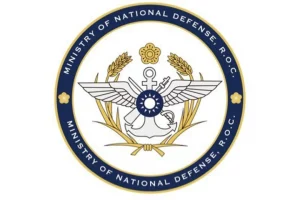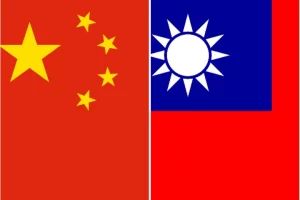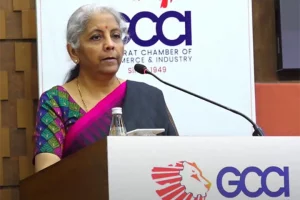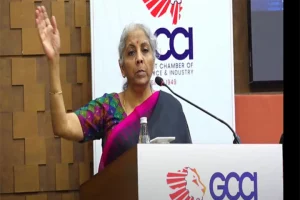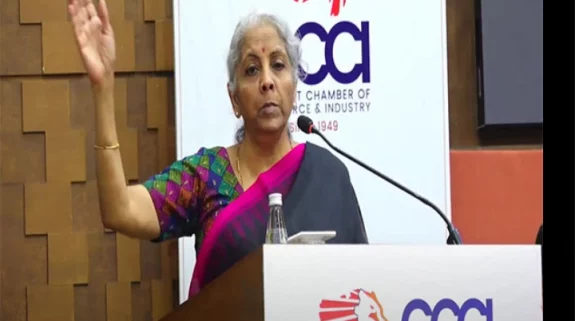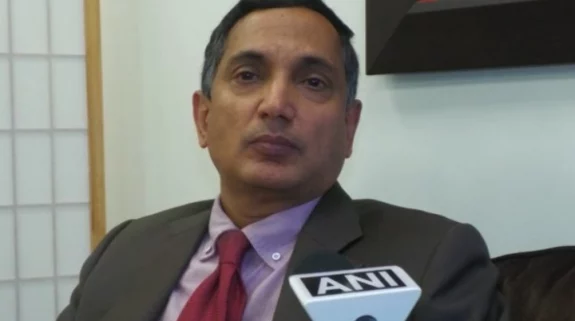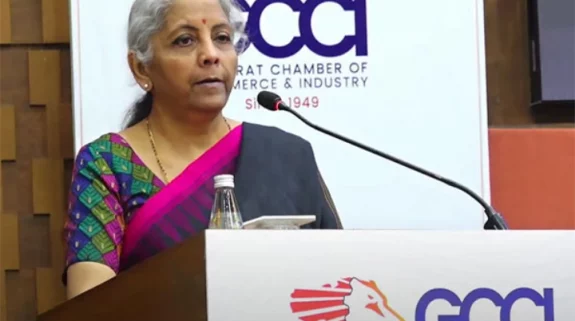The epithet, ‘Paradise on Earth’ for Kashmir is not unfounded. Surrounded by lofty mountains and plenty of beautiful valleys and lakes, it has always left visitors spellbound by its verdant meadows, stunning chinar trees and warmth of the Kashmiris.
The meadows of Pahalgam, ski slopes of Gulmarg, tulip gardens of Srinagar, willow bats, silk and wool carpets, paper mache work, saffron of Pulwama, Pashmina shawls, delicious apples, walnut wood furniture and artifacts have found resonance across the globe.
The state’s history is a story of unrealised potential – starting with the tribal invasion, gallant retrieval by the Indian and Maharaja’s Armies, Sheikh Abdullah’s land reforms, Bakshi Ghulam Mohammad’s peace and progress, rejection of Pakistani Lashkars in 1965, Indira-Sheikh Accord and Pakistan sponsored militancy of the late eighties. Ordinary Kashmiri’s quest for peace and progress has flitted between hope and despair.
Pakistan’s proxy war and the fear of the gun has swung the pendulum of public opinion between the abstract notion of Azadi/autonomy to more concrete worries about lives and livelihood. Last year’s abrogation of Articles 370 and 35A have brought about a tectonic shift that has the potential to transform Kashmiri lives and destiny. To fully comprehend its implications, one needs to understand not only the impact of impugned articles but also the winds of change that the abrogation has ushered.
On accession to India, Maharaja Hari Singh and Sheikh Abdullah sought special status for Kashmir and proposed inclusion of provisions in the Indian Constitution. The Jawaharlal Nehru Government agreed to the conditions projected subject to future final settlement. The matter was placed before the Constituent Assembly of India and after a lot of deliberation, Article 370 was embedded in the Constitution but as "Temporary, Transitional and Special Provision”.
Article 370 provided for a special status to Jammu and Kashmir (J&K), granted to it through the Presidential Order of 1954. It allowed the state to have a separate constitution, a state flag and autonomy over the internal administration. The Article 370 was not sine qua non and to facilitate integration with the Union, better administration and good governance, it was diluted many times with the consent of the elected state government.
More than 40 subsequent presidential orders have been issued by successive governments as amendments to the original order. Notable among these being removal of J&K’s Prime Minister and Sadr-e-Riyasat in 1965, when the J&K Constitution was amended by replacing the two positions with Chief Minister and Governor respectively. Indeed, it had been “hollowed out of its original form” as quoted by a seasoned Kashmiri politician and former deputy Chief Minister Muzzafar Baig in a recent TV interview.
The Indian Constitution is one of the most dynamic in the world and has been amended 103 times for the better governance and to meet the newly emerging constitutional needs. August 05, 2019 brought about a much-anticipated political thrust to fully integrate J&K with the country – the abrogation of Articles 370 and 35A and declaration of J&K and Ladakh as separate Union Territories.
These articles were seen as discriminatory on the basis of gender, class, caste and place of origin. Many sections of society like Scheduled tribes/castes and women marrying outside J&K were bereft of their basic rights. Historically, anti-national elements and separatists like the Hurriyat Conference have been using these provisions to whip up emotions of alienation from the country.
The protections afforded to Kashmiris under Article 370 have turned out to be regressive and were exploited by local politicians for their own ends. Local leaders have played delicate double game between the terrorists and the Central Government. Kashmir’s instability and social climate benefited no one except those served by the status quo – politicians and separatists.
On the economic front, Kashmir’s special status had created perverse incentives and an impossible climate for business. Ever since Independence, the ruling elite and the economic bigwigs in Kashmir ensured that the political and economic power remained in their hands which discouraged outside investments. While tourism and horticulture did improve the standard of living of the common man, the benefits of India’s economic progress didn’t reach them as outside investment in industry and trade remained elusive. Kashmir’s GDP of Rs 1.38 lakh crore compares poorly with Himachal Pradesh, state with half the population, having a GDP of 1.82 lakh crore.
According to Pratham, one of the largest NGOs in India devoted towards promoting education of underprivileged children in India, Kashmir ranks close to the bottom in India on basic reading and math tests conducted across the country.
Pakistan sponsored proxy war destabilised security, heaped violence on syncretic Sufi Kashmiri society resulting in low economic activity, unemployment and drug menace.
Disillusioned and misguided youth became cannon fodder for separatist leaders who managed to profit from the youth joining terrorist tanzeems. This malignant tumor required surgical intervention which has happened in the form of abrogation. Kashmiris now have an opportunity to turn this moment to transform their destiny by adjusting to changes and opportunities after the abrogation.
Better governance under the Central Government will allow J&K and Ladakh to focus on their respective strengths. Kashmir will be able to leverage the numerous advantages of pristine natural beauty, outstanding arts and crafts, and horticulture produce. ‘Paradise on Earth’ Kashmir holds immense potential for tourism, adventure sports and horticulture products, the scrapping of Article 370 presents an opportunity in these sectors.
Economic revitalization may be a big challenge, however, there is no reason why the vibrant Kashmiri society should be left behind in a connected digital world, where trade and investment are the keys to development. The fruits of concerted efforts of the Union Govt have already started trickling down to the mainstream audience who were earlier deprived of their basic privileges due to corruption and nepotism.
State Government initiatives like ‘Back to Village’ in which the administrative machinery reached out to the populace across the villages has laid the foundation to address their needs. B2V1 (Back to village 1) and B2V2 (Back to village 2) programs generated lots of interest and participation amongst the citizens.
Success of Block Development Council (BDC) elections and empowerment of panchayats have paved the way for the decentralization of power. The sarpanches for the first time ever became empowered in Kashmir, when post abrogation large amount of money got credited in their accounts to execute development works in their area of influence. Works like drain construction, pipelines, culvert construction, etc were executed to meet aspirations of the local populace.
Despite lockdowns and Covid-19 approximately 50-60 % development works have been executed on ground. Covid-19, pandemic has been effectively managed so far. The civil administration has created a number of quarantine centres and testing facilities. A large number of state residents and students stranded outside the state and the country were transported back in special flights and buses in a smooth manner. The proactive approach of the govt to initiate investment by major business houses in the region and fair and transparent government job recruitment drive will accelerate economic activity.
Recent announcement for Cl IV employee recruitment is a good attempt to provide jobs to the weaker sections of the society. The civil administration is now more accessible and free of political interference. Effective e-governance and measures like geo-tagging of completed projects is likely to reduce pilferage.
Political activity has also picked up and a number of new political parties have emerged to fill up the political vacuum made by the discredited traditional parties of the yore. Large number of youth see the situation as opportunity to start serving the society through political work.
‘Responsive governance’ policy adopted by the civil administration with assistance of the security forces is the way forward but the promise of efficient governance, economic development and job creation by private investment must be delivered timely..








